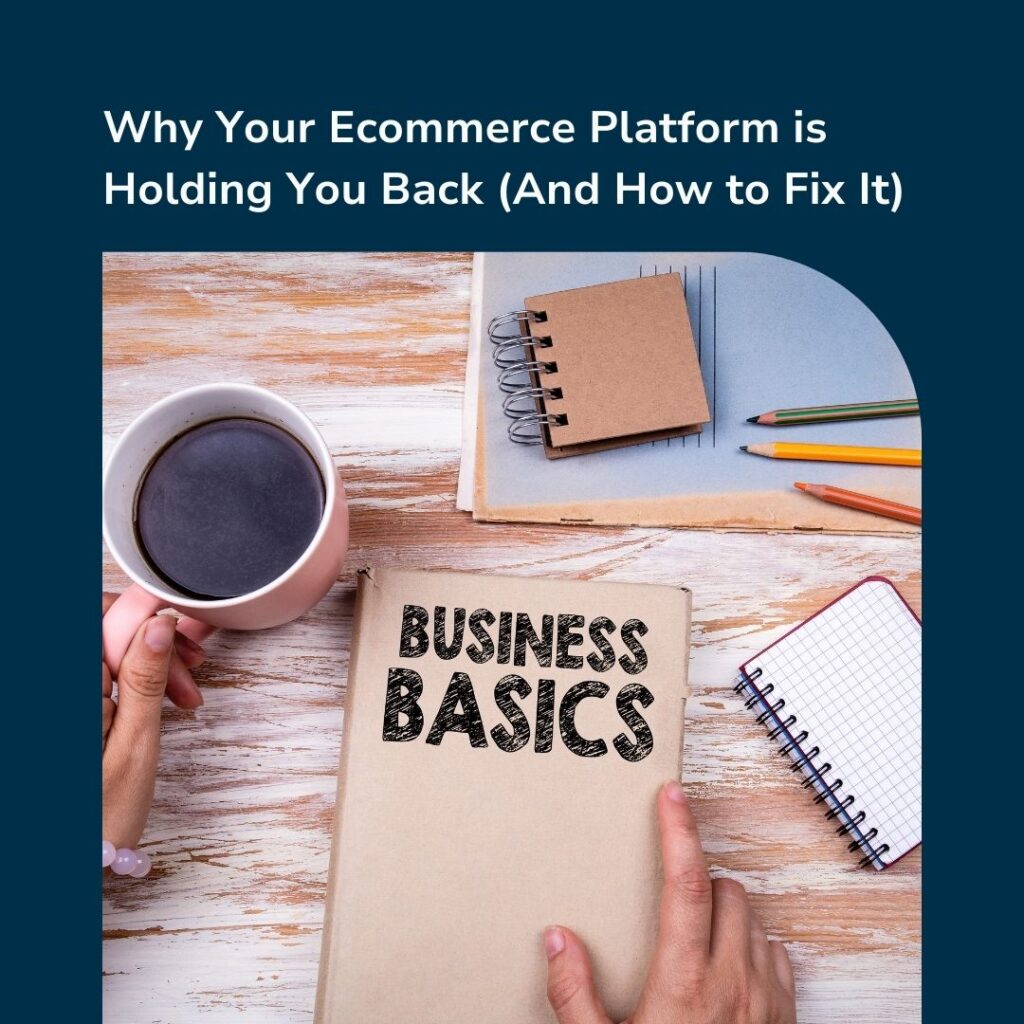Sending cold emails is an important business strategy that can open doors to leads and drive your goals forward. It’s a powerful tool, but it can be difficult to make the most of it. In this blog post, we’ll uncover the secrets to maximising the impact of your cold emails and offer up some valuable tips for businesses on how they can get the most out of their efforts.
What are Cold Emails & Why are They Important?
Cold emails are email messages sent out to prospect customers who may or may not have shown a prior interest in your product, services, or brand. It’s an essential tool for any company looking to increase their customer base as it gives them access to new people and provides a way to introduce themselves and their offerings.
Cold emails are important for several reasons:
Reach New Audience: Cold emails allow you to reach out to an entirely new audience of potential customers.
Expand Your Brand Awareness: By sending cold emails, your brand can become more visible and familiar with prospects that may not have heard from you before.
Create Interest in Your Product or Service: Cold emails help create interest in whatever it is that you are offering.
Generate Leads: Cold emails are an effective way to generate leads as it allows you to find interested individuals who may not have been aware of your product or services.
Common Business Use of Cold Email
Businesses use cold emails for a variety of purposes, including:
Introducing Your Company
Cold emails are often used to introduce a company and its services or products, providing the prospective customer with more information about how your offering can benefit them.
Lead Generation
Businesses often use cold emails as a way to generate leads by tracking responses from prospects who may be interested in their product or service.
Networking
Companies often use cold emails to build relationships and find potential customers who may have an interest in what they are offering, thereby networking effectively.
Follow Up
Businesses also use cold emails to follow up with prospects after they have shown some level of engagement with their company, whether it be through a website visit or social media interaction.
What Qualities Can Be Conveyed Through a Cold Email?
When sending out a cold email, it is important to make sure that your message conveys the right qualities. These qualities should be tailored to the individual recipient and should showcase how your product or services can help them.
Here are some key qualities you will want to convey in your cold emails:
Relevance: Your email should be relevant to the recipient. Show them how your product or service can help them with their specific needs.
Professionalism: Your cold email is the first impression you make on a potential customer. Make sure it is professional and free of errors so that it comes off as polished and trustworthy.
Sincerity: Be genuine and sincere in your message. Show that you understand the recipient’s needs and have taken the time to craft a custom message.
Enthusiasm: Make sure your message conveys enthusiasm for your product or service. Show the recipient that you are passionate about what you do and how it can help them.
Tips to Get the Most Out of Your Cold Emails
Anyone can send a cold email. It is how you write it and how you deliver it that will make all the difference. Here are some tips on how to get the most out of your cold emails:
Research Your Prospects
Before sending a cold email, it’s important to do some research into who your prospects are and what their needs may be. Find out as much information about your recipient and their needs so that you can craft an effective message. This will help you craft an email that is better tailored to them and more likely to generate a response.
Write Interesting Subject Lines
Your subject line is often the first thing people will see and should be interesting enough to make them want to open your email. Make sure it is catchy and engaging but also relevant to the recipient’s needs.
Look at Successful Cold Email Templates
Take the time to research successful cold email templates and apply elements from them into your own emails. This can help you get an idea of what works and what doesn’t.
Personalise Your Messages
Take the time to personalise your messages for each recipient. Include relevant details in your message and show that you understand their needs and goals.
Be Positive
Your attitude is important in any kind of communication. Make sure to be positive and stay away from negative phrases unless absolutely necessary.
Make It Short and Sweet
Keep your message short and to the point. Avoid adding too many unnecessary details that can be distracting for the reader. Putting in too much information can also make your message appear spammy.
Include Value Proposition
Make sure to include a value proposition in your message. Let the recipient know why they should choose you and how you can help them achieve their goals.
Create a Curiosity Gap
Use your cold emails to create a curiosity gap. Give your recipient enough information about your product or service without giving away too much. This can help to pique their interest and hopefully encourage them to engage with your offer.
Include a Call-To-Action
Call to actions have the power to influence your recipient’s decisions. Always include a clear call-to-action in your cold emails so that you can direct the recipient on what to do next. Be clear about what you want the recipient to do when you include it as a call to action.
Follow Up
Make sure to follow up with your prospects after you send out the initial message. Keep in touch with them and keep the conversation going until they make a decision on whether or not to move
By following these tips, you can ensure that your cold emails are effective and get the most out of your efforts.
Conclusion
Cold emailing is a powerful way to reach out to potential customers and can be an effective tool for any business. When done right, cold emails can help you build relationships with your prospects and generate leads that turn into sales. Keep these tips in mind when crafting your cold emails and make sure to tailor them to the recipient’s needs.








